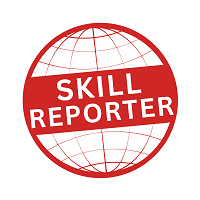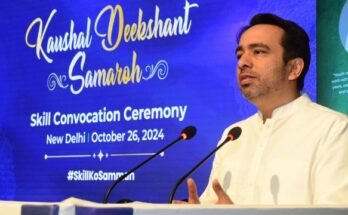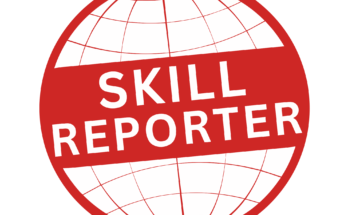In his theory of evolution, Charles Darwin famously stated: “It is not the strongest of the species that survives, nor the most intelligent. It is the one that is the most adaptable to change.” In today’s world of relentless change, I am tempted to paraphrase him to say: it is not the most qualified of the species that will survive, nor the most skilled. It is the one that is the most adaptable to change.
To keep up with the transformation, learning has escaped the gates of formal education. It is no longer restricted to teaching in a school environment. Sure, we are still pursuing degrees and certificates entrenched in 20th-century systems. But, to quote Harvard Business Review’s Mind the (Skills) Gap: “The lessons learned in school can become outdated long before student loans are paid off.” As it points out, the skills college graduates acquire during a bachelor’s degree that used to provide enough basic training to last a career, today have an expected shelf life of only five years.
In turn, studying the impact of disruptive change on existing skill sets in its recent report The Future of Jobs, the World Economic Forum discovered that: “On average, by 2020, more than a third of the desired core skill sets of most occupations will be comprised of skills that are not yet considered crucial to the job today.” Or, as lynda.com author Mark Niemann-Ross states bluntly: “In four years, you’ll have to relearn 30% of your job.”
The Hawaiian Guitar Conundrum
This demands a learning environment in which skills can constantly evolve through continuous learning. As American writer and futurist Alvin Toffler cautioned: “The illiterate of the 21st century will not be those who cannot read and write, but those who cannot learn, relearn and unlearn.” We must each strive to imbibe a culture in which we constantly Learn, Unlearn and Relearn. Or, as a colleague coined it at a recent company-wide meeting, we must make our own “L (earn) UN (learn) A (nd) R(elearn)” strategy.
Qualifications are just an entry point in this new paradigm. Staying “up to speed” is the norm. Doug Thomas and John Seely Brown, authors of A New Culture of Learning, describe this as a new form of culture in which “knowledge is seen as fluid and evolving”.
More than constantly learning new skills, it is the unlearning of old skills that poses a bigger challenge in this situation. I recently observed this as I watched two young boys learn how to play a Hawaiian guitar. One of them already knew how to play the Spanish guitar; while he struggled to unlearn that, the student learning afresh found it much easier to learn the new skill.
And yet, unlearning has become an imperative today. Be it technology, business, healthcare or sport, the rapidly changing landscape has necessitated unlearning past ways to then relearn advanced methodologies. To help navigate this unavoidable reskilling process, I recommend a simple three-step method – an extension of what we call the Mode 1-2-3 strategy.
1. Sharpen your existing skills
Mode 1 is about refreshing and enhancing your core skills. Do what you can to make them better and faster. Stay abreast with new developments within your field. Test your knowledge beyond what your daily humdrum requires. Be prepared for the rainy day when you get a chance to showcase your best. This is your sweet spot; ensuring that it is sharp enough to be your competitive advantage in a dynamic work environment is a first step. This will ensure
your value and relevance today.
2. Expand to your nearscape
Mode 2 is about learning adjacent skills. To extend your expertise into your nearscape. This could be a horizontal or vertical movement. It displays an alert and curious mind, an approach to learning that is in itself is a skill in high demand today. Use any opportunity you get to upskill. Take courses, enrol for certifications, leverage free online learning modules. By gaining skills that are growing in demand, you place yourself in a strong position to accelerate your growth by having the skills to quickly take advantage of new career opportunities.
3. Future-proof your career
Mode 3 is about discerning changes coming up in the work environment. It might be a good idea to understand where you stand along the half-life of your skill sets and assess your depreciated value. Take a hard look for a reality check, and then chart out a long-term roadmap. You will find that this might not be a solo effort. It could require collaboration, co-innovation and learning to work within ecosystems.
While organisations must invest in providing the required training opportunities, the key to success lies with the individual today.
In Deloitte’s Global Human Capital Trends 2017, the issue of improving employee careers and transforming corporate learning has emerged as the second most important trend. As companies build the organisation of the future, it concludes that “continuous learning is critical for business success” and calls upon them to deliver “learning that is always on”.
Exploring a world where careers span 60 years, even as the half-life of learned skills continues to fall to only about five years, it points out, “In the past, employees learned to gain skills for a career; now, the career itself is a journey of learning.”
This is the world we live in today, an inescapable reality.
Note : Written by C Vijayakumar, President and Chief Executive Officer, HCL Technologies.


